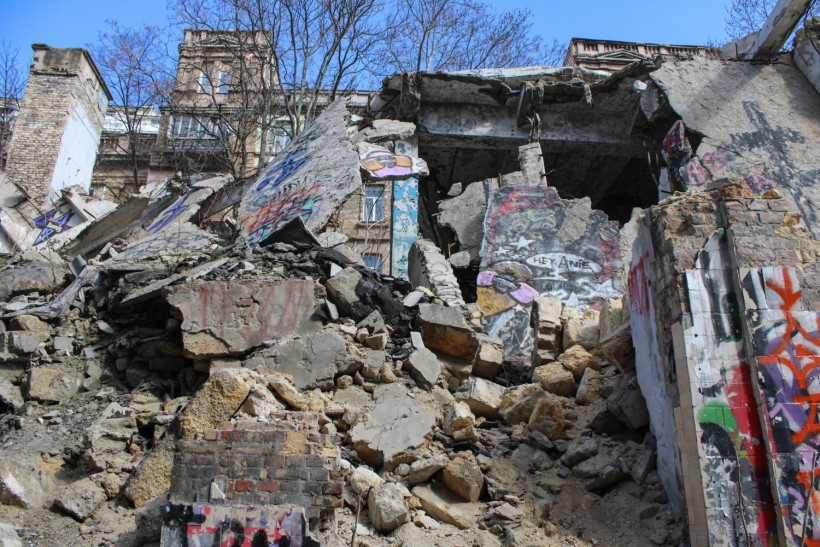The Puget Sound Basin has a history of frequent seismic activities, with hundreds of earthquakes occurring annually. Most of these earthquakes are so small that they can only be detected using sensitive instruments. A new study reveals that the region is also at risk of a double earthquake threat.

Twin Seismic Whammy
About 1,100 years ago, the movement of the Seattle Fault caused a major earthquake in the region. Using state-of-the-art tree ring and radiocarbon dating techniques, experts discovered that this event also involved the Saddle Mountain Fault, which runs across the Olympic Peninsula near Lake Cushman.
The study, which spanned over five years, required underwater chainsaws to obtain sample trees drowned by the earthquakes. By detecting traces of ancient solar storms captured in the tree rings, the scientists narrowed down the date of the event between the fall of A.D. 923 and the spring of the following year in a six-month window.
According to Morgan Page of the U.S. Geological Survey, the exact sequence of the ancient earthquakes remains unclear. However, based on a statistical investigation of global quake sequences, she computed a 3-to-1 likelihood that faults ruptured simultaneously. As Page describes, it is possible that the two earthquakes were separated by hours, days, or even months.
This new study was built on more than 30 years of geological discoveries. During the early 1990s, fieldwork unveiled multiple clues from the Seattle Fault earthquake. The event uplifted Alki Point and the southeastern tip of Bainbridge Island and created a tsunami that swamped the West Point Treatment Plant site. Furthermore, it triggered landslides on Mercer Island that sent old-growth forests sliding into Lake Washington.
The earthquake in the Saddle Mountain broke the ground and created a 24-foot-tall scar, creating Price Lake and drowning trees as the water rose. The submerged trees were preserved in oxygen-poor cold water and provided the data needed by the researchers.
Previous radiocarbon analysis had dated the Seattle Fault earthquake to sometime between A.D. 900 and 930. Evidence from other faults, such as Saddle Mountain, Olympia, and Tacoma, suggest they also ruptured.
READ ALSO: Seattle at Risk of Tsunami from Fault That Remained Silent for 1,100 Years
Future Threats
The study's findings also unveiled a new worst-case possibility for the seismic threats to the Seattle area, which is currently home to 4 million people. If the Seattle and Saddle Mountain faults rupture simultaneously, they could generate a magnitude 7.8 earthquake, which is about 40 times more powerful and can affect a much bigger area.
A double earthquake would be much more damaging than a single quake, especially to old brick and concrete buildings and vulnerable bridges and infrastructure. In 2005, the researchers conducted an analysis that estimated that a modest earthquake of magnitude 6.7 triggered by the Seattle Fault could kill 1,600 people. It was also anticipated to destroy 10,000 buildings and bring up to $50 billion in economic damage.
Most clustered quakes have been categorized by seismologists as aftershocks, assuming they occurred on the same fault. Over the previous years, however, it was understood that a slip on one fault can bring stress to others.
RELATED ARTICLE: Researchers Can Forecast Earthquake with 80% Accuracy By Examining the Ionosphere
Check out more news and information on Earthquake in Science Times.














